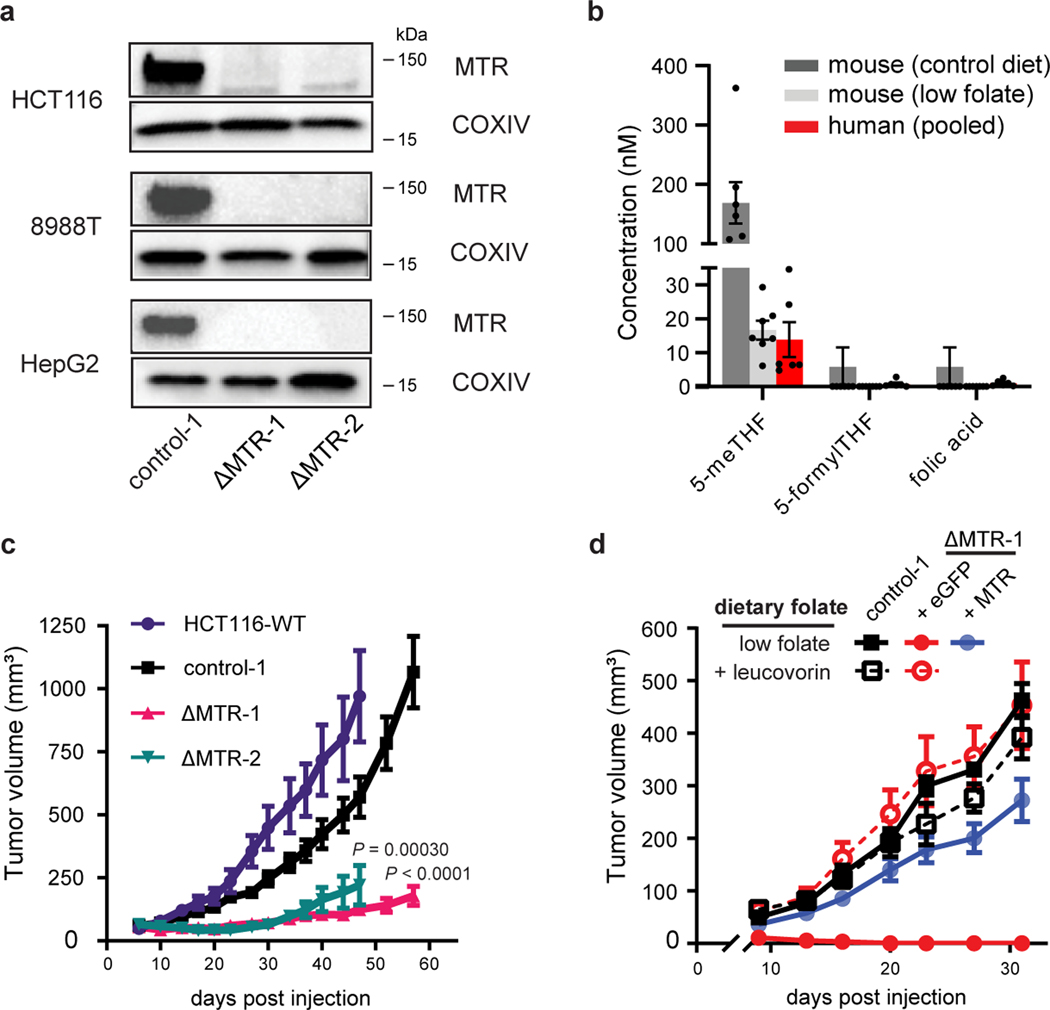Figure 2. MTR is essential for cell and tumor growth under physiological folate conditions.
(A) Western blot analysis of MTR in HCT116, 8988T and HepG2 clonally isolated lines after treatment with lentiviral CRISPR-Cas9 targeting scrambled control (control-1) or MTR (ΔMTR-1 and ΔMTR-2). Results are representative of 3 biological replicates with similar results. (B) Folate concentrations in mouse and human serum measured by LC-MS (mean ± SEM, 6 technical replicates for pooled human serum, n = 7 male CD-1 nude mice on control diet with 4mg/kg folic acid and n = 7 male CD-1 nude mice on low folate diet). (C) Growth of subcutaneous HCT116 xenografts in female CD-1 nude mice on standard chow with 3 mg/kg folic acid (mean ± SEM, n = 10 mice, P values were determined by mixed-effects two-way ANOVA comparing tumors implanted on mice’s two flanks: wild-type (WT) and ΔMTR-2, control-1 and ΔMTR-1). (D) Growth of subcutaneous HCT116 xenografts in male CD-1 nude mice on a low folate diet with or without leucovorin supplement (mean ± SEM, for low folate diet: n = 7 mice for control-1, n = 8 mice for ΔMTR+eGFP, n = 15 mice for ΔMTR+MTR; low folate diet with leucovorin supplementation: n = 8 mice for each cell line).

